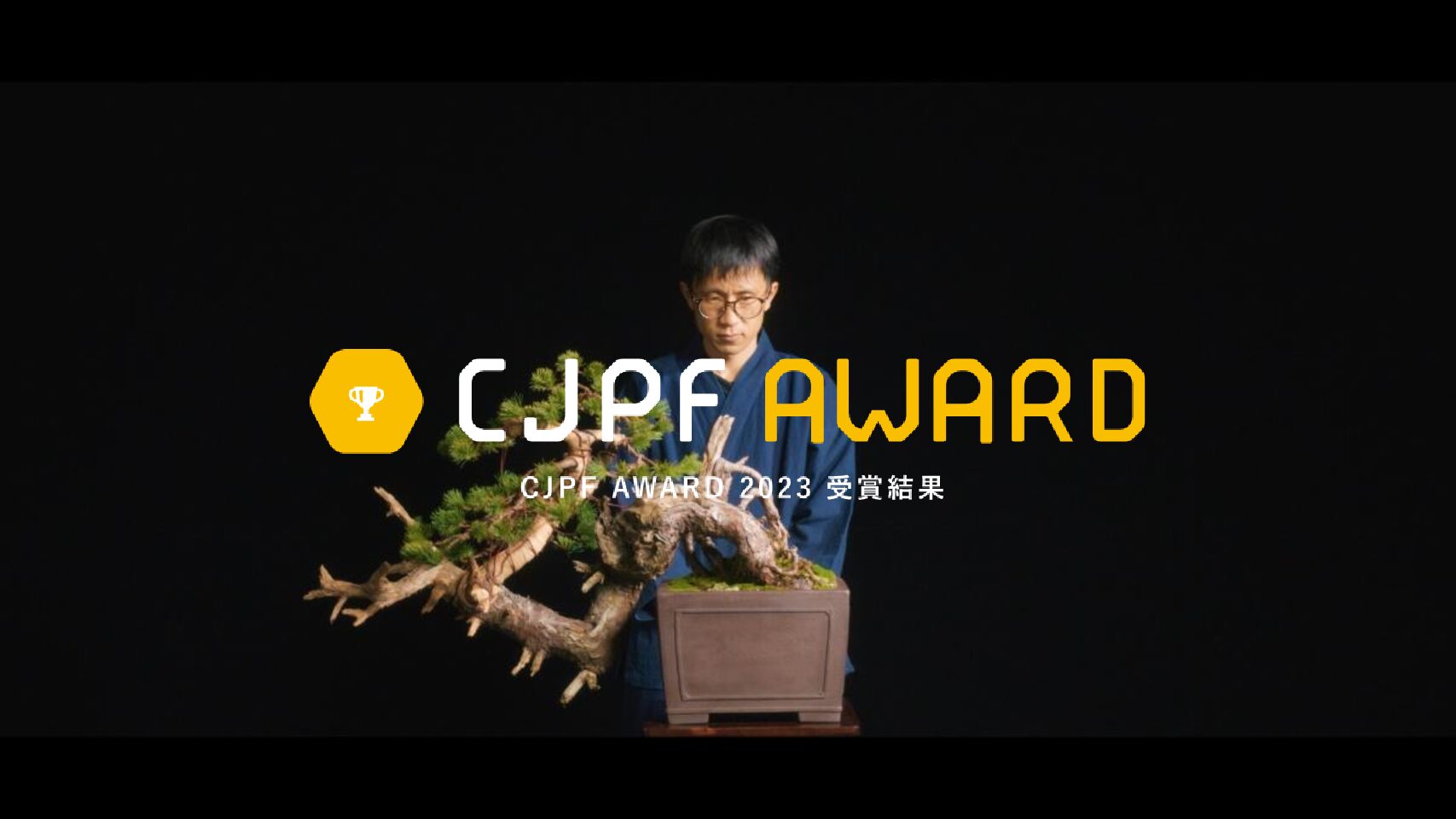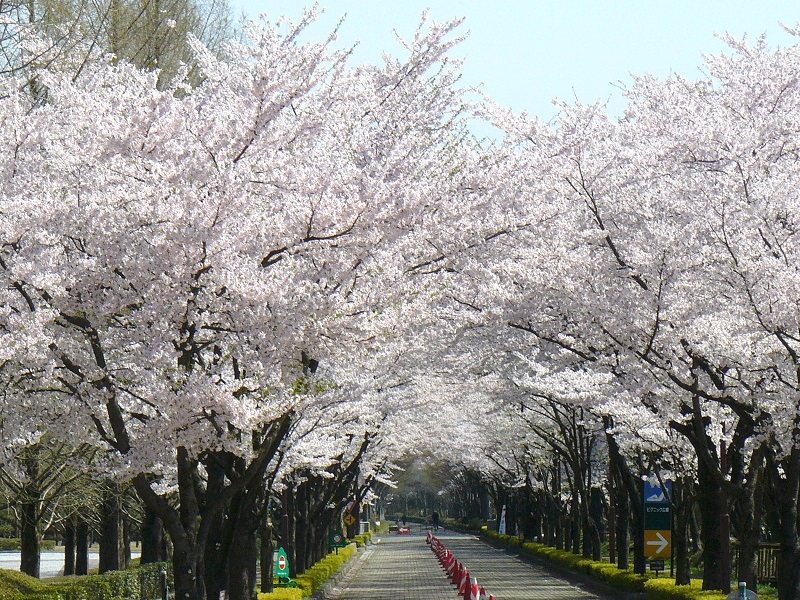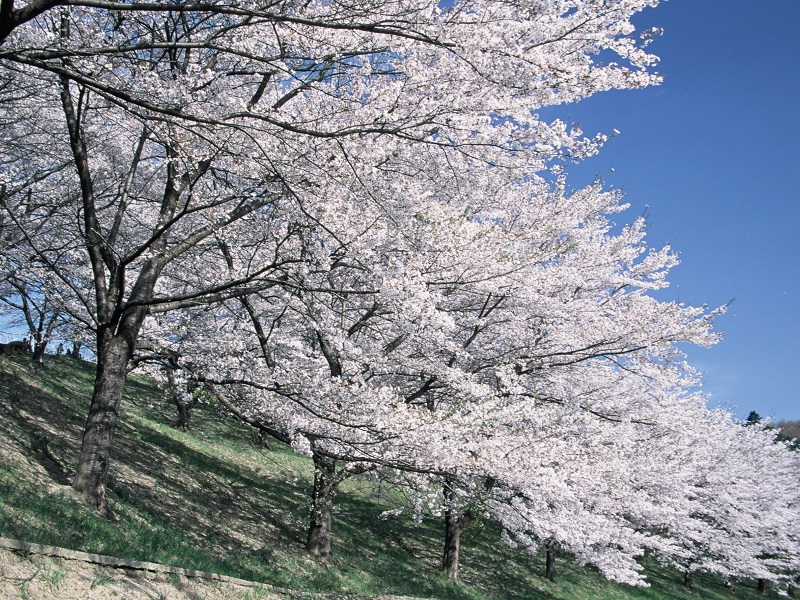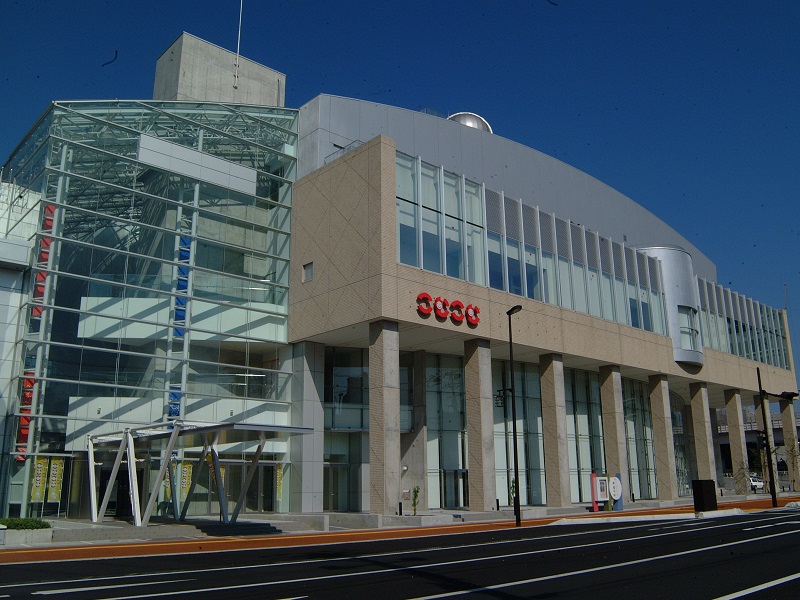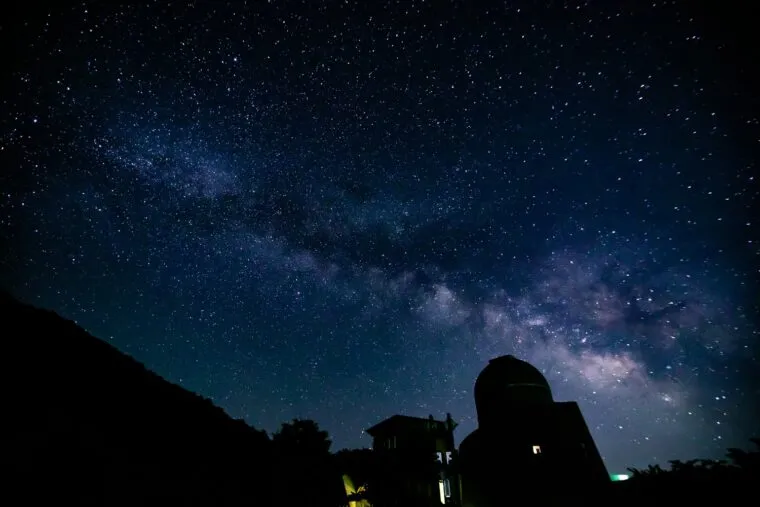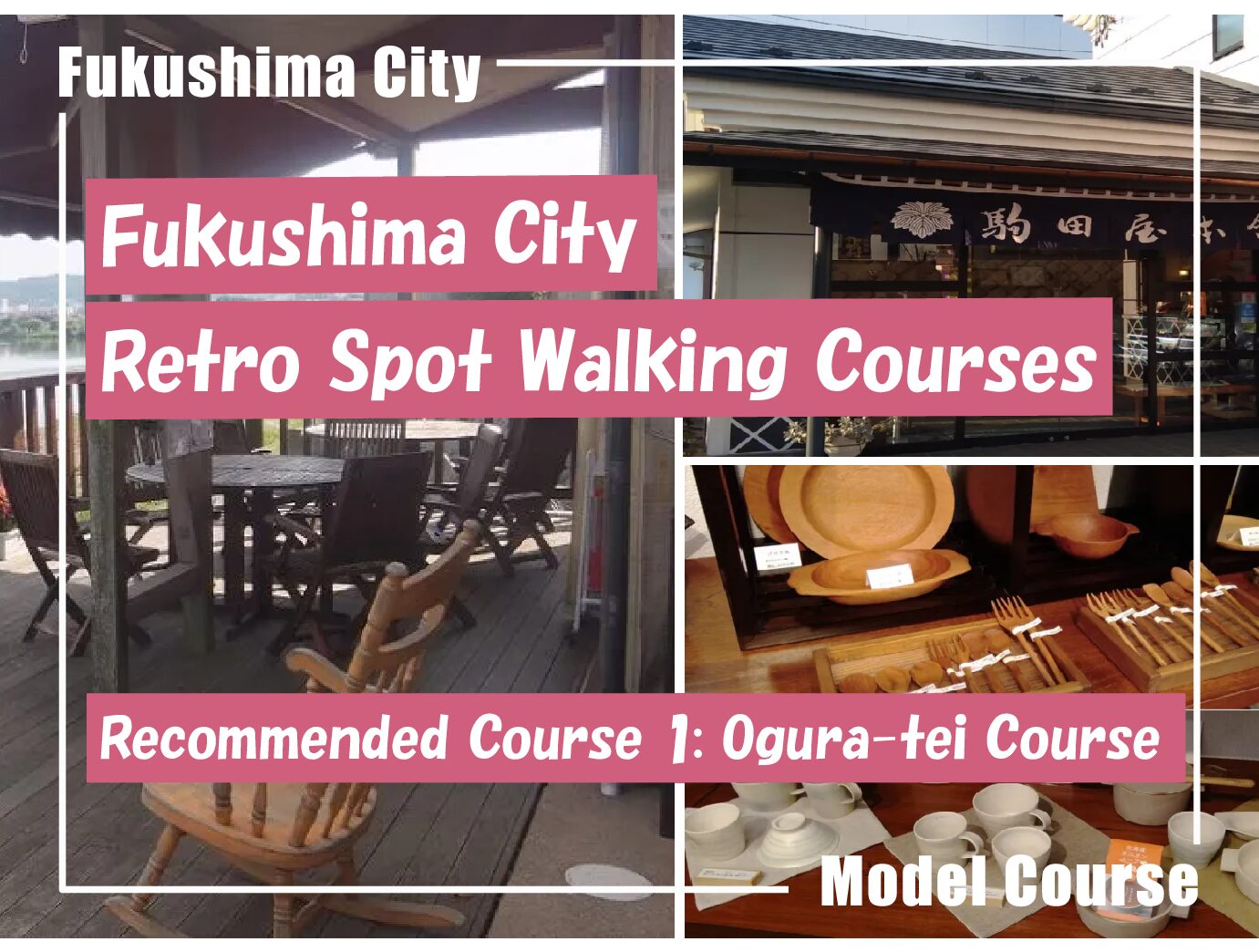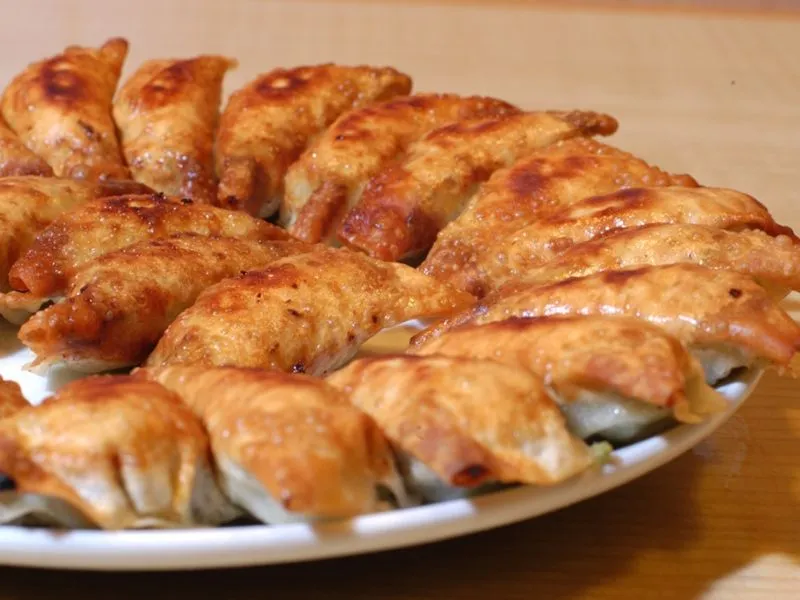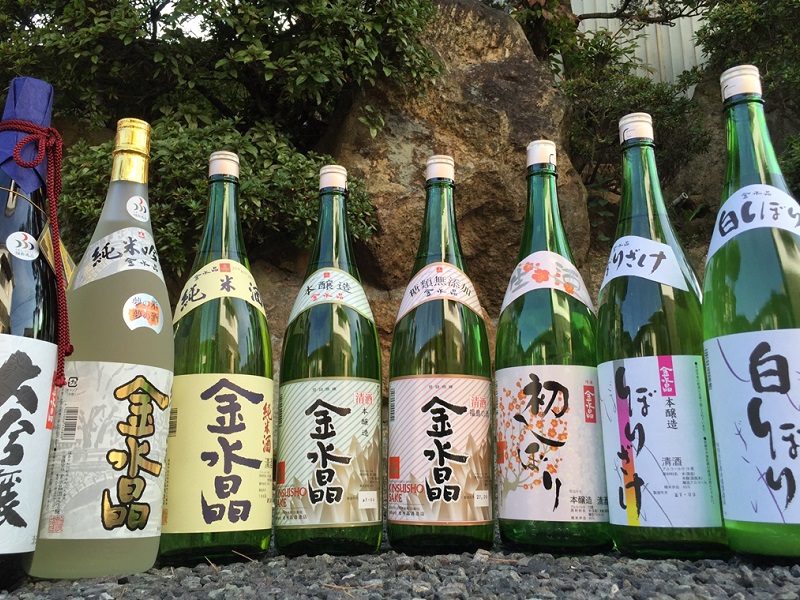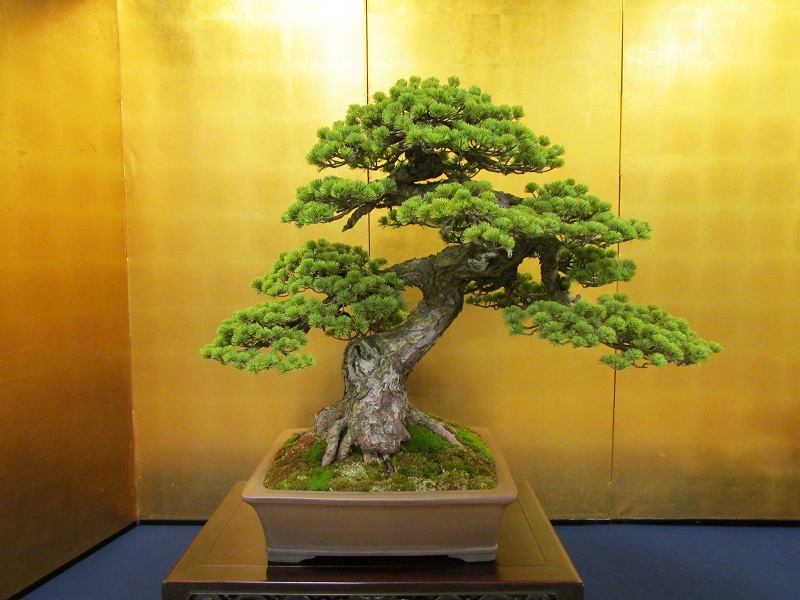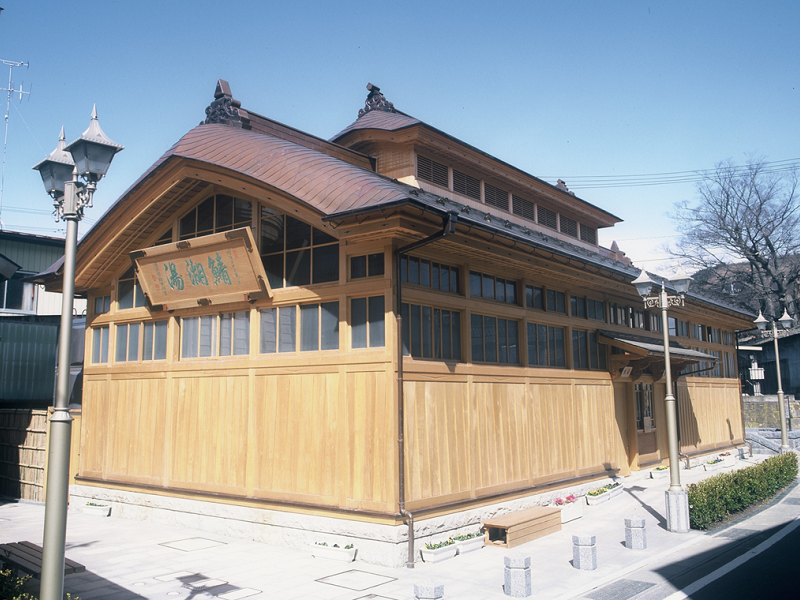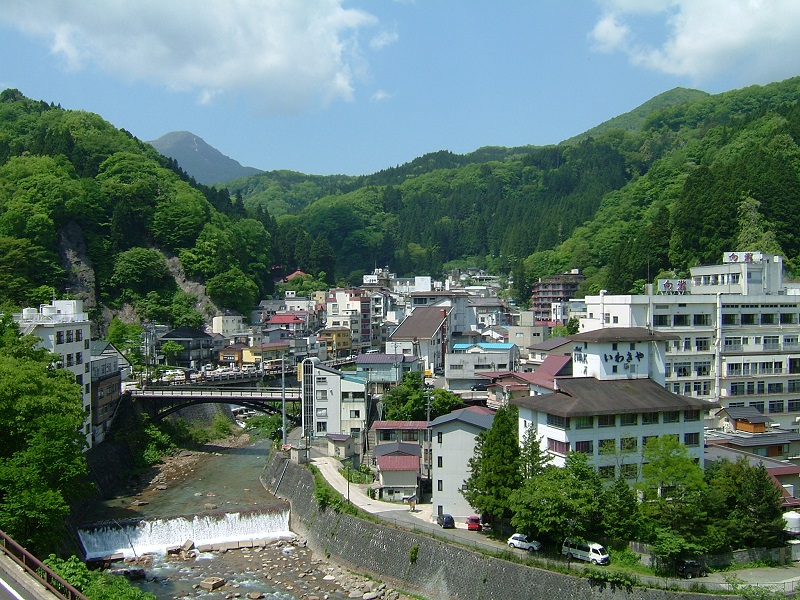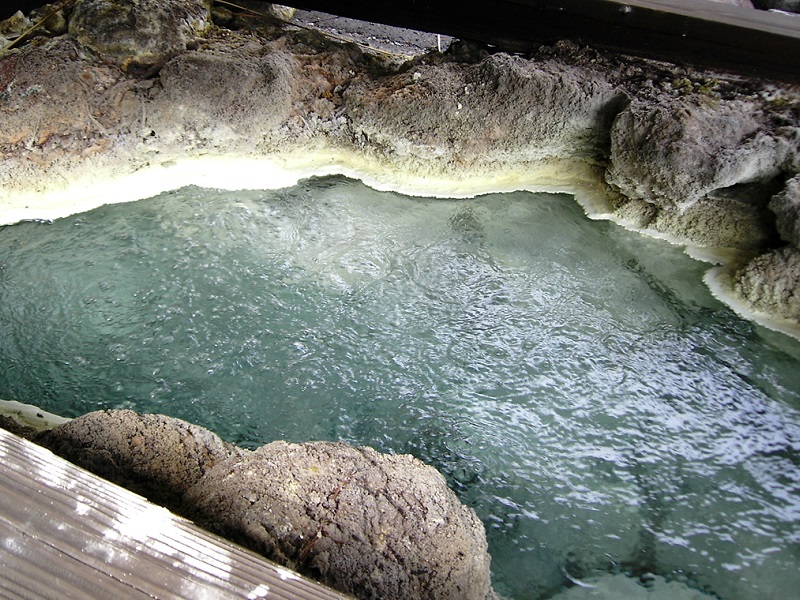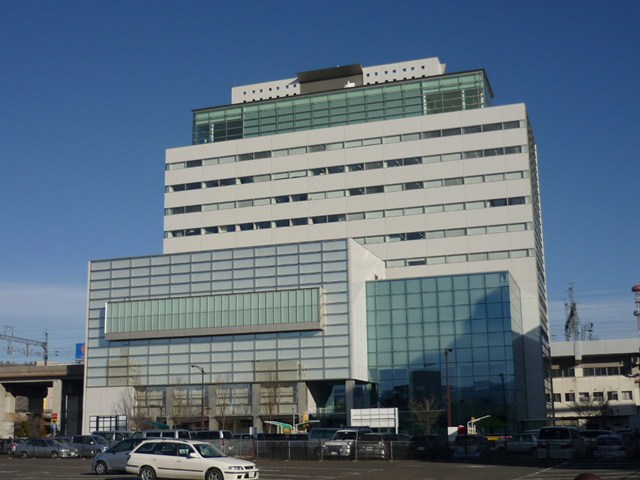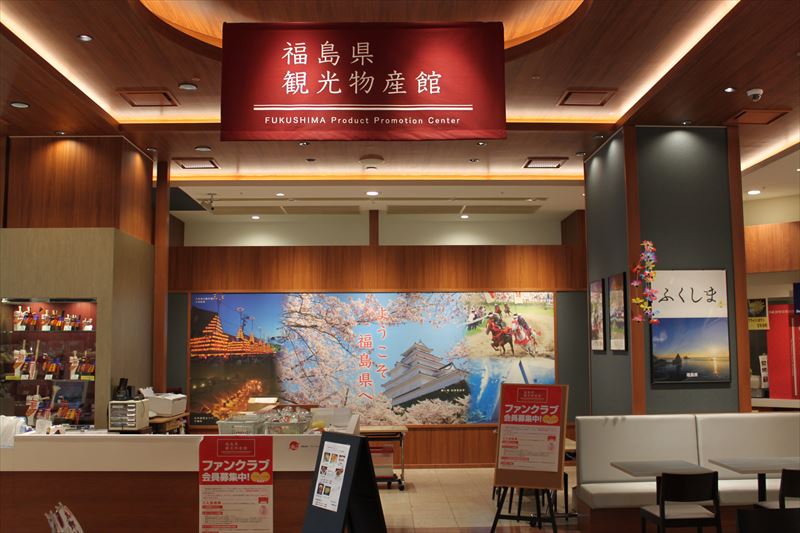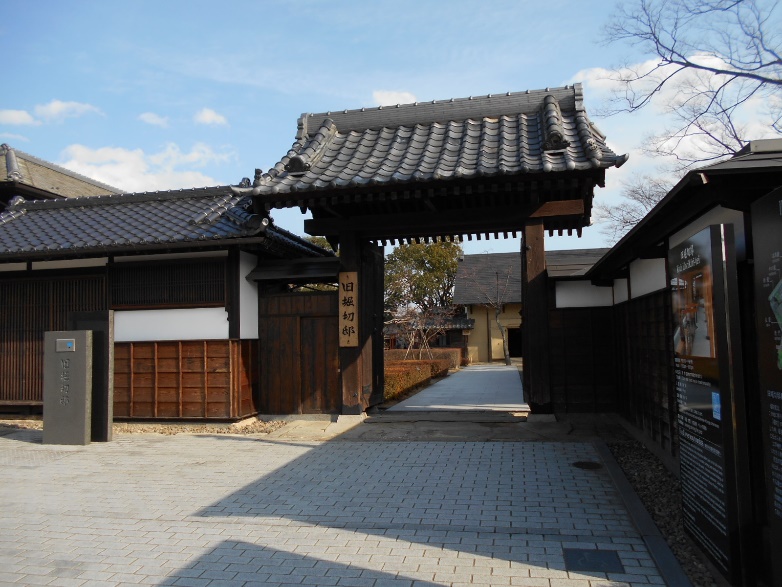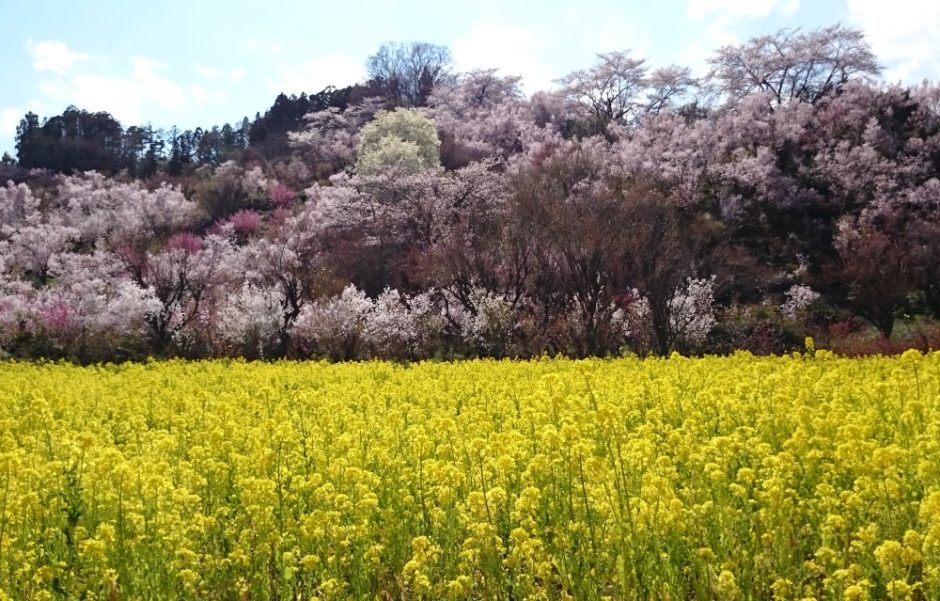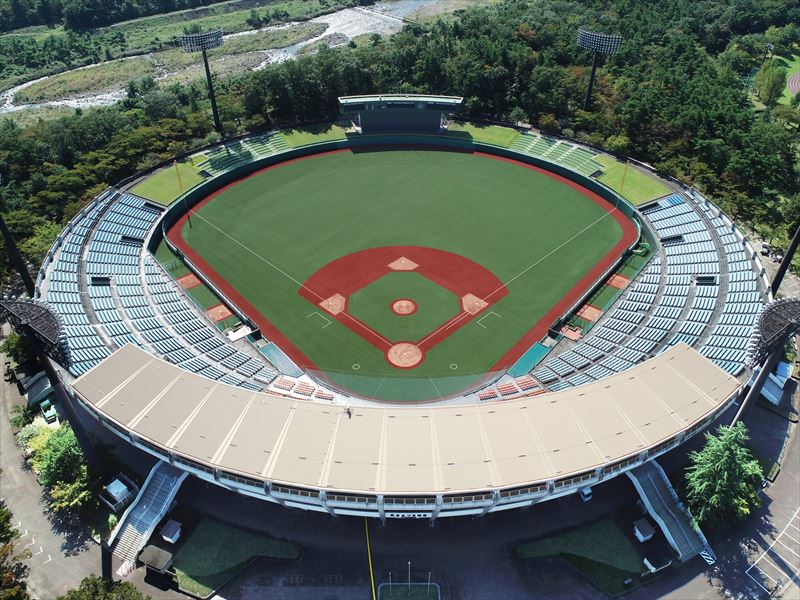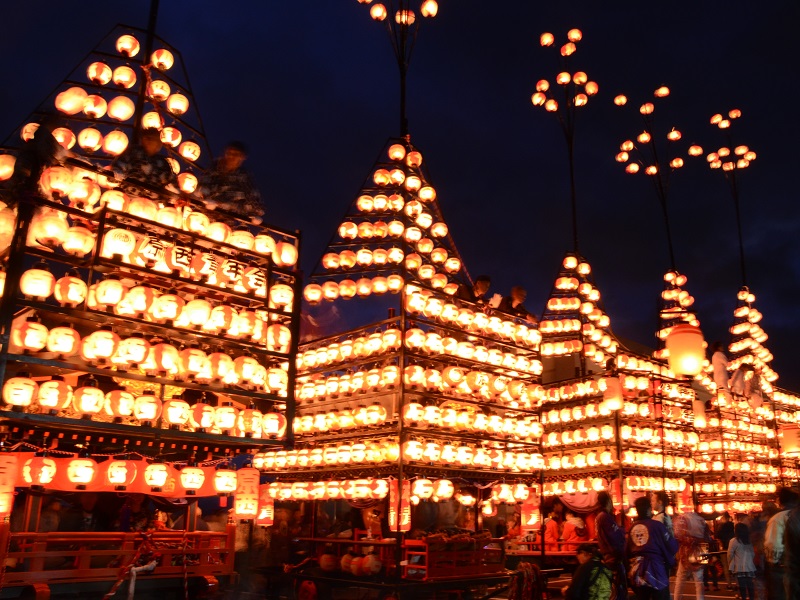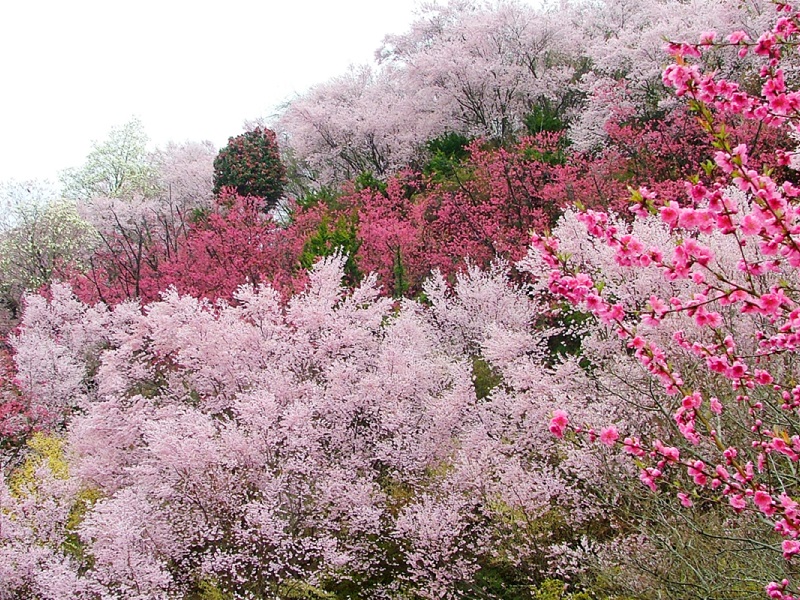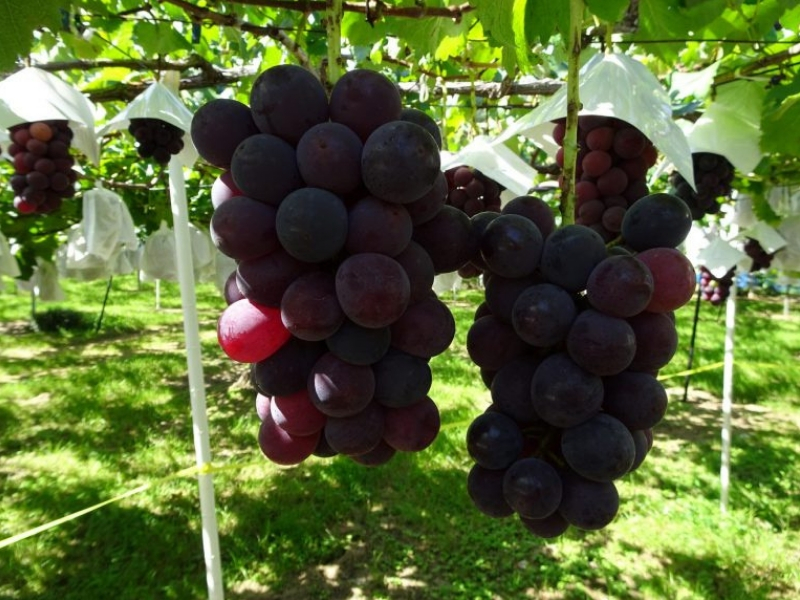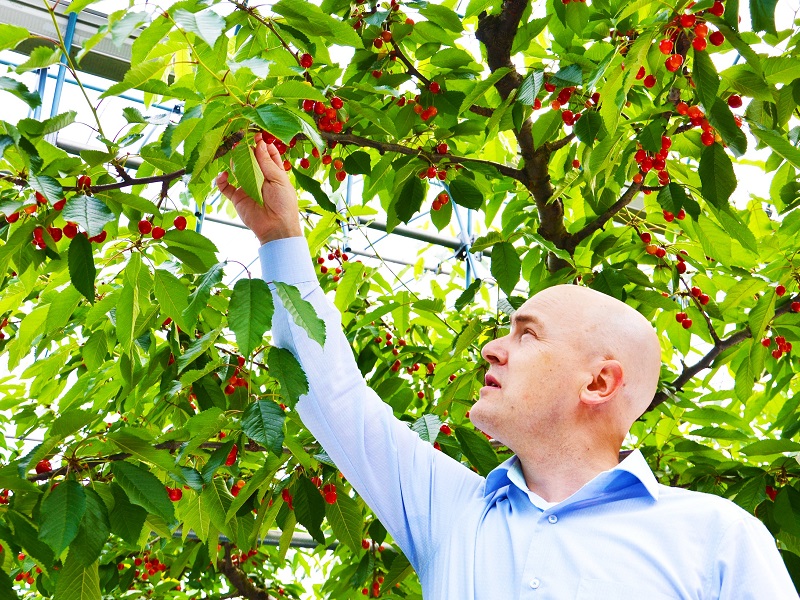Published /
Fukushima Waraji Matsuri
The largest straw sandal in Japan!
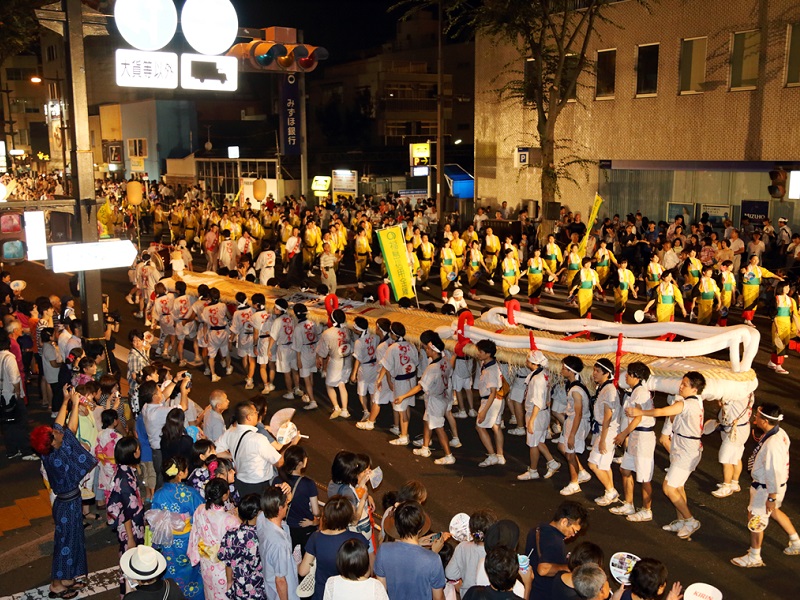
54th Fukushima Waraji Matsuri (2023)
| Dates | August 4-6, 2023 |
|---|---|
| Official Homepage (Japanese) | https://www.waraji.co.jp/ |
| Leaflet | Fukushima Waraji Matsuri (2023) |
About the Fukushima Waraji Matsuri
The Fukushima Waraji Matsuri was born in 1970, marking 2021 as the 52nd anniversary of this annual festival. The festival has its roots in the 400-year-old Akatsuki-mairi (Mt. Shinobu Dawn Procession), and the ‘Waraji Ondo’ theme song was originally composed by famed local composer Yuji Koseki. In 2019 to celebrate half-a-century of the Fukushima Waraji Matsuri multi-instrumentalist producer Otomo Yoshihide, who has a close connection to Fukushima, help to rebirth the festival based on the integration of the festival’s traditions, origins, music, dance, and clothing. The rhythm of the ‘Fukushima Ondo’ which is used in festivals around Fukushima City was arranged for a Japanese taiko ensemble to enable lively performances by a drumming troupe who will be accompanied by dancers performing the new ‘Waraji Odori’.
2023 Schedule (coming soon)
August 4 (Friday):
① The Fukushima Waraji will be displayed in front of the former Nakago Building on Eki-mae Street opposite the Fukushima Station East Exit from early in the evening until 8:00 P.M.
② There will be an exhibition featuring original Waraji art work from the general public.
③ A Shinto ritual will be held to pray for the end of the pandemic.
August 5 (Saturday):
①The Fukushima Waraji will be displayed in front of the former Nakago Building on Eki-mae Street opposite the Fukushima Station East Exit from early in the evening until 8:00 P.M.
② There will be an exhibition featuring original Waraji art work from the general public.
③ The Waraji Ondo music performance, and Waraji Odori dance will be performed in front of the Fukushima Waraji.
④
⑤ Waraji Workshop: Craft your own waraji straw sandal to take home (~12:00 P.M.)
August 6 (Sunday)
Dedication ceremony for the Fukushima Waraji at Haguro Shrine on Mt. Shinobu.
Important Information
① Route 13 will not be used during this year’s event.
The Waraji Matsuri & the Giant Waraji
Stories of Mt. Shinobu have been passed down through classical literature since ancient times. Located in central Fukushima City, the area is actually comprised of three smaller peaks with their own shrines, Mt. Ha (Gassan Shrine), Mt. Kumano (Yudono Shrine), and Mt. Haguro (Haguro Shrine). The 12m waraji (the largest straw sandal in Japan) is enshrined at Mt. Haguro, and for around 400 years the Akatsuki-mairi (Mt. Shinobu Dawn Procession) has been held in February to pray for healthy legs.
The giant waraji was originally enshrined to fit a large Nio statue that used to guard the entrance to Haguro Shrine. People began praying to the waraji for strong, healthy legs and safe travels before undertaking long journeys or pilgrimages. More recently people also pray for protection from illness and misfortune, a bountiful harvest, safety at home, as well as success in business.
The Akatsuki-mairi (Mt. Shinobu Dawn Procession) is a traditional festival featuring one giant waraji and it has been held in February every year for almost 400 years since the Edo period. Held in early August, the Fukushima Waraji Matsuri was derived from the Akatuki-mairi to protect the traditions of the largest waraji in Japan, increase awareness of the local region, and to provide excitement and a place for residents to unwind during the short Tohoku summer. One large waraji is commemorated during the Waraji Matsuri, and a second waraji is commemorated during the Akatsuki-mairi to provide a set of sandals so people can pray for strong and healthy feet and legs.
New Waraji Ondo
The biggest change from the previous version of the Waraji Matsuri is the larger number of dancing people, now the whole festival is moving. The new composition references the Fukushima Bon Dance that has been passed down over generations, and is based on an arrangement of ‘Waraji Ondo’ composed by Yuji Koseki, and then combined with the new ‘Waraji Taiko Random Drumming’. One of the defining characteristics of the new Waraji Matsuri is the large ensemble of flutes and drums which have been a part of Tohoku musical traditions since long ago. The music was arranged under the guidance of percussionist Yasuhiro Yoshigaki, drummer and instrumentalist ‘Hide’, and flutist Michiko Yamada, who combined with the aim to create a previously unheard dynamic festival performance.
About the Festival Dancing & Clothing
Accompanying the story of the waraji, this dance was choreographed by Chieko Ito to be enjoyed by people of all levels, young and old. Dancers pretend to hold a ring of straw in both hands, and imagine that they are moving their lower body with a strong walk. Using the fundamental movement of the straw ring, ensures that the dance can be enjoyed by everyone. The clothes were designed by Yoshiki Hanzawa, aiming for a new design for a Fukushima festival. The purpose of these clothes was to create something unique for Fukushima that the people of the world would want to wear and dance.


